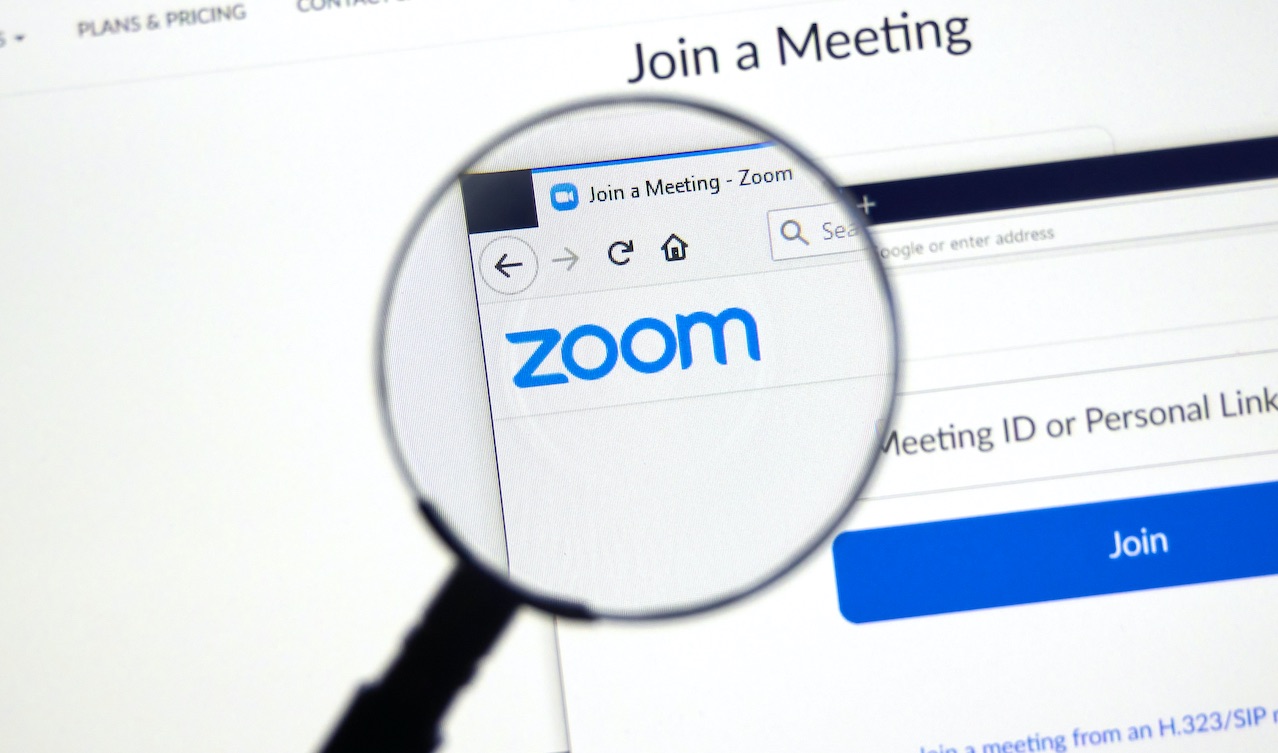We avoid remembering the negative fallout which, from different points of view, the pandemic has produced in all our existences.
If Covid-19 had an involuntary virtue, it was to bring us closer to the virtual. Among other things, we learned how to use teleconferencing apps. And we discovered their many uses. Through these platforms you can have an aperitif with a friend who is on the other side of the world (although during the pandemic it was also necessary to use them with the neighbor upstairs). Or for very serious business meetings.
Many of us, and many companies, have continued to use these forms of remote communication even after the end of the lockdown. From there, it was a short step to evaluate a wider use of smart working (a method appreciated above all by younger workers).
Yet now perhaps the most famous company in the industry, Zoom, against smart working has made an about-face. What happened? And why is so much of the press already talking about the end of an era?

Zoom limits the smart working of its employees
The California telecommunications company Zoom will reduce smart working of its employees.
The company, through a note, made it known that a “structured hybrid approach” will be more effective. And so, in concrete terms, employees who live within 50 miles (just over 80 kilometers) of a Zoom office will have to reach it at least twice a week.
The decision of the San Jose-based company mirrors those of other large companies, such as Amazon, Google e Disney.
Zoom during the pandemic and today
The news sounds paradoxical to the ears of many. The very company that (in spite of itself, of course) rode the pandemic by showing the world that smart working is possible, is now reducing it. In 2020 the market value of Zoom reached 140 million dollars, annual revenues had risen by +400% against (just to give us an idea) +3% in 2023.
It is quite clear that the impossibility of reaching the physical workplace during the lockdown had caused the Californian company to take off. Which is now in a difficult moment. It is no coincidence that in February Zoom Video Communications, this is the full name of the company, left 1,300 employees at home, equal to a seventh of the total.
And the founder Eric Yuanin a move we don’t believe will drive him into poverty, he took a 98% pay cut.
The reduction of smart working already in the summer
Yuan himself stated that the reduction of smart working for Zoom employees will be operational, depending on the country, in a period that will go from June to September. The Zoom CEO said: “Letting employees work anywhere has become a trend, and it will be difficult to force them to go back altogether.”
Because of this a hybrid form has been chosen.
Is this really the end of an era?
The bulk of the press, in our country and beyond, hastened to identify a strong symbolic value in Zoom’s reduction of smart working. And to declare, neither more nor less, that the era of teleworking would have already ended, after only three years of glory.
It seems to us an excessive position, and we try to explain why. A decline in smart working was desirable for at least two reasons. Meanwhile, it is normal – regardless of the context – that a disruptive novelty, after the initial boom, has a downturn. It happened to ChatGPT toowhich after months of glories has shown a first (and slight) drop in users.
After which, undoubtedly, the (longed-for) end of the pandemic the use of remote working has decreased, especially by those companies that had adopted it more out of necessity than out of ideological adherence.
But a similar innovation we doubt it is intended for end up in oblivion.
Mentality and infrastructure
Probably it will take timefor smart working to truly and definitively take root.
The change of mentality required, in fact, is epochal. Above all, the idea of hypercontrol over workers must be eradicated. To do this, it is sufficient to read various studies that indicate how remotely you work more and better on average. Furthermore, technology allows (without affecting the privacy of the worker) to have full control over productivity.
In short, it is necessary to move from a punitive point of view (still adopted by too many companies) to a collaborative one: the more employees are put in a position to work well, the more they… They will work well.
After that, the further step must be to equip each country with tools for a reasonable use of teleworking platforms. In Italy, for example, the digital divideor the gap (social and geographical) between those who have full access to information technologies and those who don’t.















Leave a Reply
View Comments